Bally Ribbon Mills to Highlight High-Performance Tapes and Webbing at SHOT Show 2025!
Comments Off on Bally Ribbon Mills to Highlight High-Performance Tapes and Webbing at SHOT Show 2025!
Bally Ribbon Mills (BRM), an industry leader in the design, development, and manufacture of highly specialized engineered woven fabrics, announces that it will showcase its high-quality, high-performance tapes and webbing at the SHOT Week Supplier Showcase, booth 51238, to be held January 20-21, 2025 as part of SHOT Show. Visit BRM at SHOT Show to meet with subject matter experts and see samples of industry-leading specialty binding tapes, 100% Berry-compliant polyester webbing, and harness, belt, and sling webbing.
In partnership with NASA, BRM developed the 3D Orthogonally woven 3DMAT Quartz Material for the Orion Multi-Purpose Crew Vehicle (MPCV) compression pads. The 3DMAT Quartz Material was named the 2023 NASA Government Invention of the Year.
Visitors to the booth can see samples of BRM’s specialty textile materials used to land NASA’s Perseverance and Curiosity rovers on Mars. Tapes and webbing for the current Artemus program that will be on display include those used in inflatable habitats, flight suits, and rocket deceleration, and safety systems. These are good examples of NASA partnering with American small business with a unique specialized technological capability that will further current and future exploration plans.
Showcased at the booth will be representative samples of BRM’s specialty binding tapes, ideal for improved abrasion resistance and toughness. BRM’s materials offer consistent quality and width, optimizing the sewing fabrication process. They also enable significantly better throughput, making them a better overall value than lower quality tapes. There are several finishes for improved “hand” available.
Also on display are samples of BRM’s superior 100% Berry Amendment-compliant polyester webbing, ideal for use by DOD contractors manufacturing aircraft seat belts, retractors, restraining harnesses, and tie-downs. BRM’s Berry-compliant webbing is a good choice for civilian agencies involved in U.S. military procurement activities. Webbing is available in a wide range of widths, from 1-inch to 6-inch and is offered in low minimum runs and custom dye colors.
The harness, belt, and sling webbing that will be showcased at the booth is available in small runs with customization of dye color, widths, and weave designs and patterns. BRM experts offer complete design and textile engineering services.
For more information, speak with BRM experts in booth 51238 at the SHOT Week Supplier Showcase
By Sarah Minhas, Bally Ribbon Mills







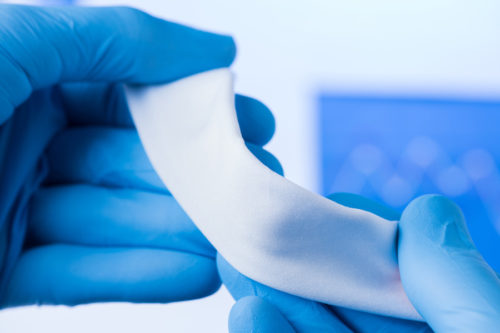
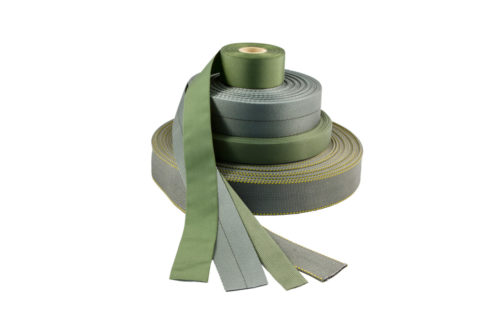
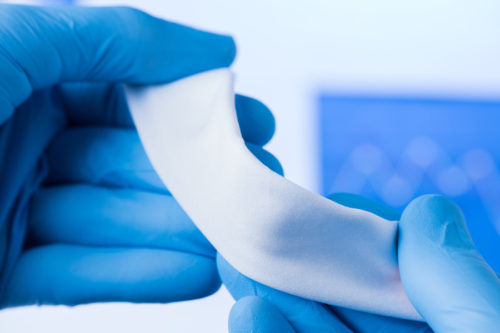
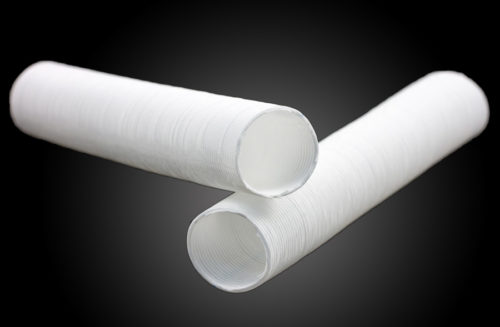
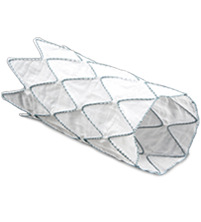 Prosthetic implants work in many ways to assist the body in functioning. Examples of use we mentioned in our previous post were in hard and soft tissue, dental, and vascular applications. Critical properties of an implant are porosity and fiber size. Toxicity is also important to look at, as it can mean life or death if a procedure interacts poorly with the implant material. Whether a material is stable or degradable should be determined and used according to its purpose, such as a biodegradable material for a more temporary implant.
Prosthetic implants work in many ways to assist the body in functioning. Examples of use we mentioned in our previous post were in hard and soft tissue, dental, and vascular applications. Critical properties of an implant are porosity and fiber size. Toxicity is also important to look at, as it can mean life or death if a procedure interacts poorly with the implant material. Whether a material is stable or degradable should be determined and used according to its purpose, such as a biodegradable material for a more temporary implant.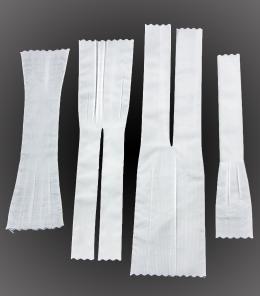 Rigid materials and methods are seeing improvements thanks to biomedical textiles. Not only is the physical outcome a benefit of these innovations, but so are the cost efficiency and healthcare outcomes.
Rigid materials and methods are seeing improvements thanks to biomedical textiles. Not only is the physical outcome a benefit of these innovations, but so are the cost efficiency and healthcare outcomes.